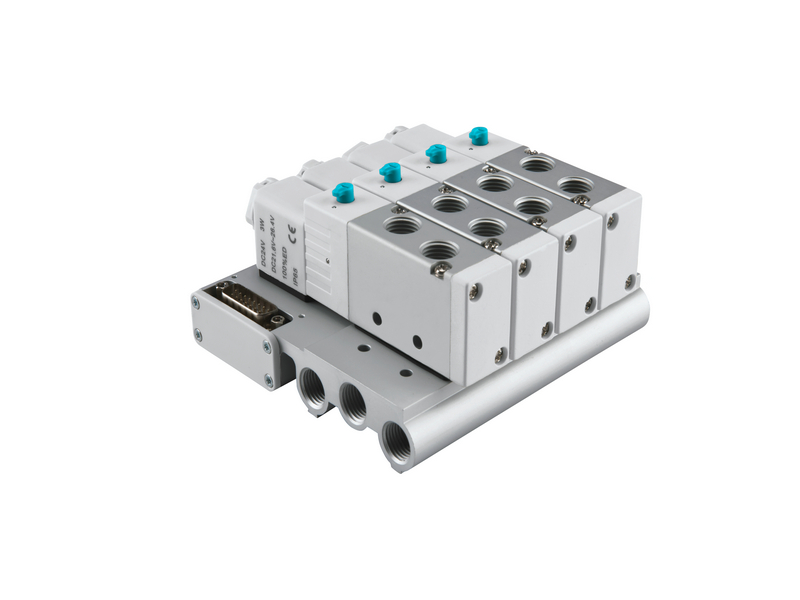The working principle of the voltage stabilizing solenoid valve, there is a closed cavity in the voltage stabilizing solenoid valve with through holes at different positions, and each hole leads to a different tubing. In the middle of the cavity is a valve, and two electromagnets are on both sides. When the magnet coil is energized, the valve body will be attracted to which side, by controlling the movement of the valve body to block or leak out different drain holes, and the oil inlet hole is normally open, hydraulic oil will enter different drain pipes , And then use the oil pressure to push the oil-gang piston, the piston drives the piston rod, and the piston rod drives the mechanical device to move. In this way, the mechanical movement is controlled by controlling the current of the electromagnet.

The above mentioned is the general principle of the pressure-stabilizing solenoid valve. In fact, according to the temperature and pressure of the flowing medium, for example, the pipeline has pressure and the self-flow state has no pressure. The working principle of the voltage stabilizing solenoid valve is different. For example, in the self-current state, zero voltage start is required, that is, after the power is turned on, the coil sucks up the gate body as a whole. The pressure-stabilizing solenoid valve is a pin inserted into the gate body after the coil is energized, and the gate body is pushed up by the pressure of the fluid itself. The difference between these two methods is that the self-current state of the stabilized solenoid valve, because the coil has to suck up the entire gate body, so the larger and pressurized state of the stabilized solenoid valve only needs to suck up the pin, so the volume What can be done is relatively small.
No 1.Xingjia Road, Pneumatic industrial park, Xikou,Ningbo, Zhejiang Zip code 315502
+86-574-88869818
+86-574-88869826
+86-574-88869817
+86-574-88869816
+86-574-88869833
royshan@jelpc.com

Copyright Ningbo Jiaerling Pneumatic Machinery Co.,Ltd.. All Rights Reserved.
China Proportional Valves Manufacturers